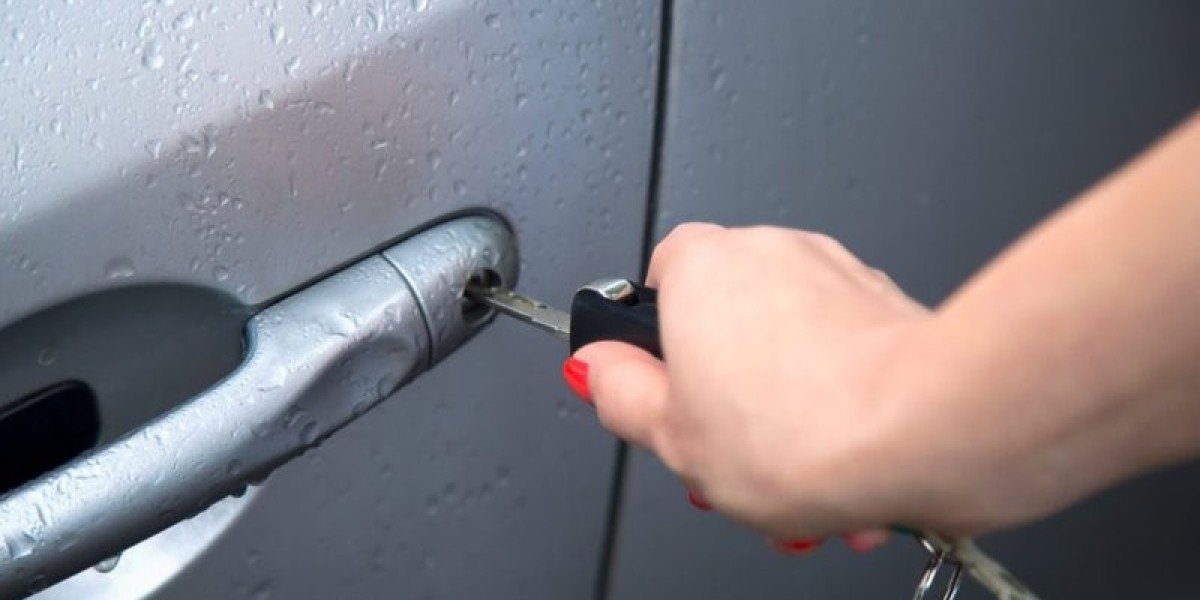The Fourth Industrial Revolution is redefining how industries operate, merging physical and digital realms to create smarter, faster systems. At the heart of this transformation lies an unsung hero: precision-engineered infrastructure components. Among these critical elements, the Electrical Outdoor Box made in China stands out as the silent guardian of automation. These industrial enclosures protect the delicate electronics powering robotic arms, autonomous warehouses, and AI-optimized supply chains. In an era where seconds of downtime equate to financial hemorrhage, their role in ensuring operational continuity has become indispensable.
Recent global challenges—from supply chain bottlenecks to climate-driven disruptions—have underscored the urgency for adaptive industrial solutions. The pandemic-accelerated push for localized production has reshaped manufacturing strategies, driving demand for infrastructure that balances durability with flexibility. Customizable enclosures now serve as vital tools, enabling factories to scale operations or pivot production without sacrificing efficiency. Crafted from advanced alloys, these units withstand harsh environments while seamlessly integrating IoT sensors and edge computing devices that monitor energy consumption and equipment health.
Sustainability has transitioned from corporate buzzword to engineering mandate. With tightening global carbon regulations, industrial components are being reimagined through an eco-conscious lens. Modern protective housings exemplify this shift through recyclable materials and energy-efficient manufacturing processes that reduce waste while maintaining performance standards. This fusion of environmental stewardship and technical pragmatism reflects a fundamental change in how industries are evaluated—not merely by productivity metrics, but by their ecological footprint.
The AI revolution has amplified the strategic importance of industrial protection systems. Within their weatherproof shells reside the processors powering predictive maintenance technologies—systems capable of anticipating equipment failures before they disrupt operations. This innovation proves particularly transformative in renewable energy and electric vehicle manufacturing sectors, where operational continuity directly impacts project viability. By safeguarding sensitive electronics from environmental hazards, these systems ensure uninterrupted data flow for smarter, safer production ecosystems.
Amid these transformative shifts, forward-thinking manufacturers like Nante are engineering solutions that marry technical innovation with operational practicality. Their agile development approach produces protective systems adaptable to diverse industrial environments—from space-constrained urban microfactories to expansive smart grid networks. Combining materials science expertise with real-world operational insights, such innovators are transforming basic protective gear into strategic assets for building industrial resilience.
As industries navigate the dual challenges of digitization and decarbonization, intelligent infrastructure solutions will increasingly determine competitive advantage. The metamorphosis of industrial enclosures—from passive shields to active resilience enablers—mirrors the broader transformation sweeping through global manufacturing. For enterprises seeking to thrive in this new paradigm, collaboration with visionary partners becomes crucial. Explore Nante's role in forging sustainable, interconnected industrial ecosystems at www.nante.com.








